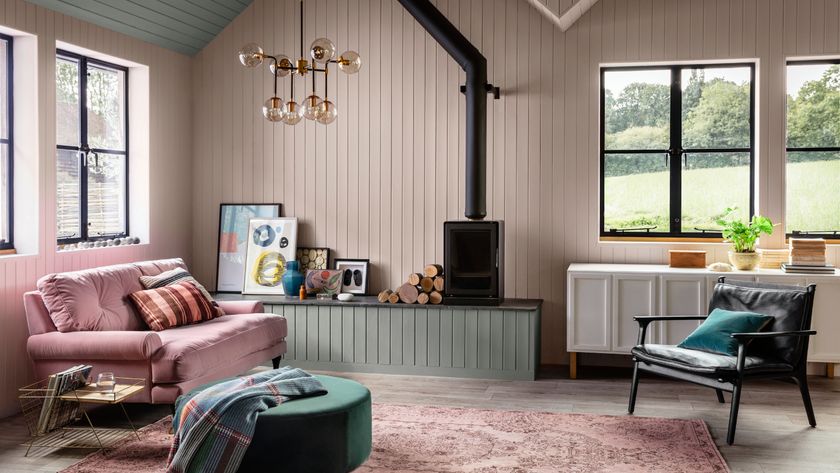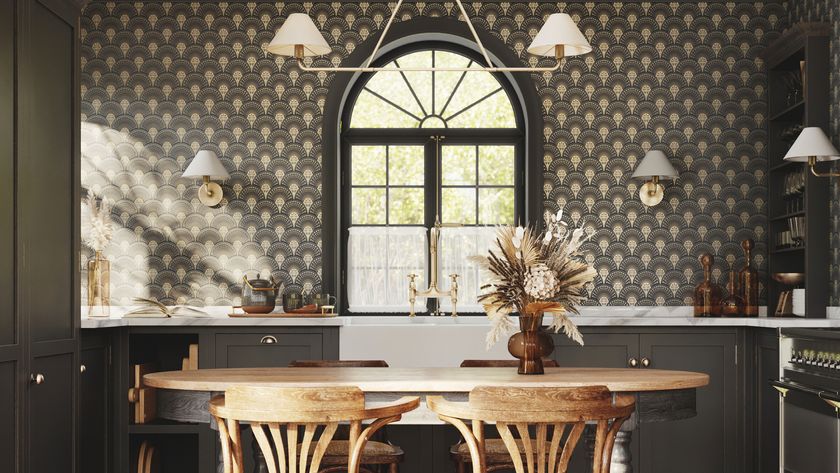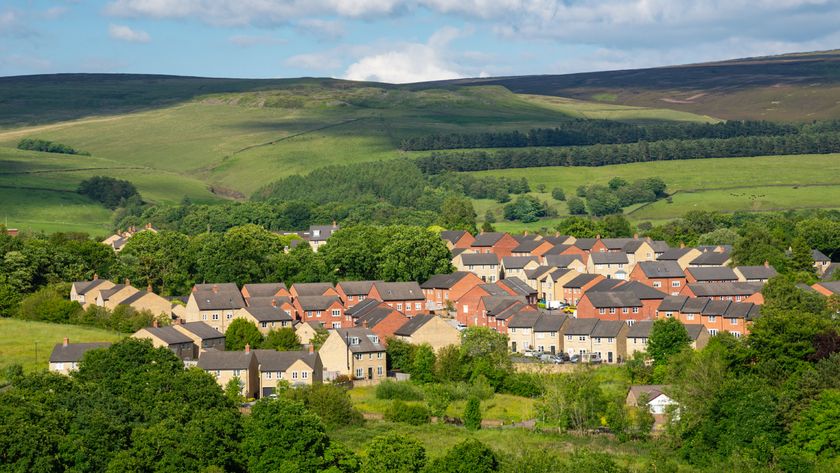Ovens and Hobs: Choosing the Right Model for Your Kitchen
More people than ever are opting for built-in ovens and hobs as opposed to freestanding cookers or ranges — and no wonder with the number of cooking functions now available
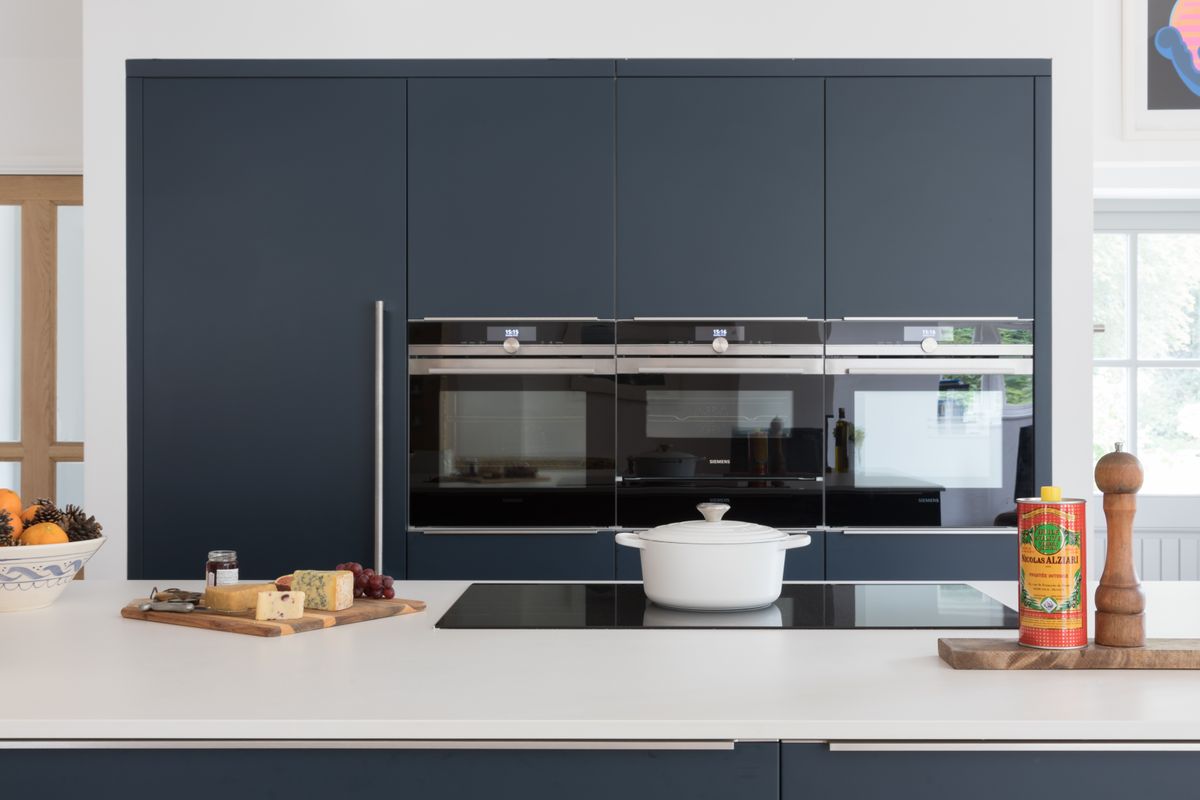
When it comes to choosing ovens and hobs, it's easy to be overwhelmed by the choice available on the market.
When choosing kitchen appliances, consider how you like to cook to help narrow down your requirements — if you regularly cook for a large crowd you should consider a double oven or a run of single ovens. It's also worth considering the additional functions that you would make regular use of — from microwave cooking functions to self cleaning capabilities.
This handy guide will set you on the right path to choosing the best oven and hob for your home.
(MORE: 10 Essential Features for a New Kitchen)
What to Look Out for When Choosing Ovens and Hobs
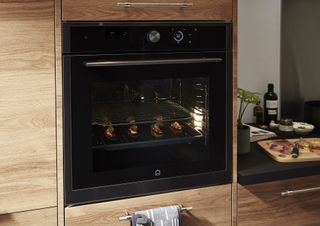
The majority of built-in ovens are electric. This is mainly because gas ovens don’t cook as evenly without an electric fan, but also because they tend to be more expensive to buy and have far fewer features.
All good ovens these days should come, as standard, with basics — namely fan cooking and programmable timing. That said, it still pays to look at how conventional vs convection ovens compare. In addition to these there is now a huge variety of enhanced functions to choose from.
Microwave and grill functions are particularly useful, but you should also look out for others, including:
‘
- Defrost
- Pizza
- Recipe: Allows you to programme times and settings particular to certain foods
- Rotisserie: For cooking meat evenly
- Temperature probe
- Steam: To lock in moisture — ideal for certain foods that tend to dry out
- Self-cleaning
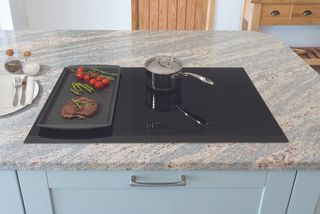
Despite the popularity of electric ovens, gas hobs are still the favoured choice, as gas offers excellent, instant heat control. However, induction is close on its heels.
Gas: Hobs are available both with removable racks and as sealed burners — which are more expensive but easier to clean. Opt for a model with an electric pilot-light ignition.
Induction: Magnetic induction hobs are an excellent choice; they are more energy efficient than gas and twice as fast to adjust to temperature changes. However, induction hobs are more expensive to buy and will only allow the use of pans made from a ferrous metal.
Ceramic: Sleek, sealed ceramic radiant and halogen hobs are also options; they are not as responsive as gas or induction hobs but can have many handy features such as timers, sensors, switches and touch controls. They can even let you know when the hob is cool. They tend to be much cheaper than induction.
When choosing the configuration of your hob, opt for a variety of ring strengths and consider a wok burner, which has a triple ring and gives off heat very quickly. Thermal heat is measured in British Thermal Units (BTUs) — the higher the number, the more intense the heat.
How to Install Ovens and Hobs
Ovens are made to standard sizes, so they will fit into a purpose-built base unit, but heights can vary.
The base unit will come supplied with runners and the oven will have two corresponding sliding runners attached. Fitting a gas or electric hob is carried out by cutting a hole in the work surface, as per the instructions’ dimensions. Any gas connections must be made by a CORGI-registered installer.
Where Should You Position an Oven and Hob?
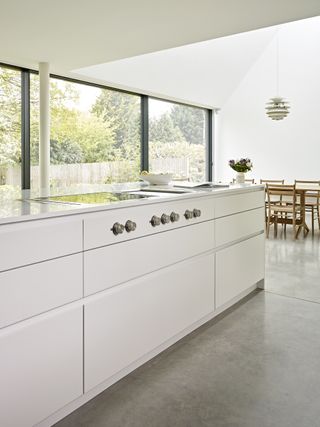
Avoid locating hobs near windows, as they are a potential fire risk to window dressings, and bright sunlight can make it difficult to see whether or not burners are lit.
Both hobs and ovens should also be kept away from doors to avoid endangering people entering the room. Ideally, there should be 300mm of worktop space either side of a hob, and ovens need work space on at least one side. Hobs must only be positioned above an oven or base unit and not over an appliance such as a fridge.
There must be a minimum vertical distance of 650mm between a hob and an extractor, and at least 800mm to a flammable surface. Ideally locate the cooking surface near an outside wall where steam can be easily extracted.
(MORE: Cooker Hoods Guide)
Should You Choose a Single or Double Oven?
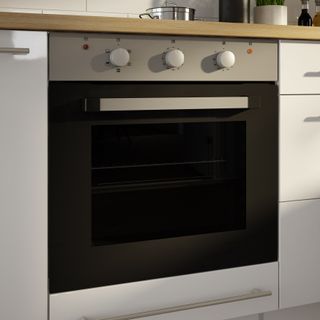
Buying a double oven makes sense for those with larger households and who frequently cook for crowds, allowing you to cook many different types of food at once or to keep food warm in one whilst cooking in the other. It will allow you to make much better use of the extra features.
Some people also opt to invest in a separate steam oven, which works by boiling water and blasting steam into the cooking chamber.
Some of the newest models of oven allow food to be cooked at different temperatures in the same cavity, meaning those without the space for a double oven can still enjoy some of the benefits of having two.
Oven capacities are measured in litres (L). Single ovens have a capacity of around 50-60L, double ovens 70-80L. The standard width is 60cm.
What is a Self Cleaning Oven?
‘Self-cleaning’ ovens are a must-have for many people, as they take away the hassle of scrubbing by burning off the dirt and grease at a high temperature for a couple of hours; the ash is simply swept away.
There are two main types – pyrolytic and catalytic – but some companies have introduced water-based systems which are more eco-friendly.
Get the Homebuilding & Renovating Newsletter
Bring your dream home to life with expert advice, how to guides and design inspiration. Sign up for our newsletter and get two free tickets to a Homebuilding & Renovating Show near you.
Melanie is an experienced homes journalist and editor of Period Living, Britain's best-selling period homes magazine. She has worked for Homes & Gardens and Real Homes, and is a former Deputy Editor of Homebuilding & Renovating, writing about modern design and architecture, and interviewing countless self builders and renovators about their experiences. In addition to undertaking her renovation projects, her other great passion is gardening.
